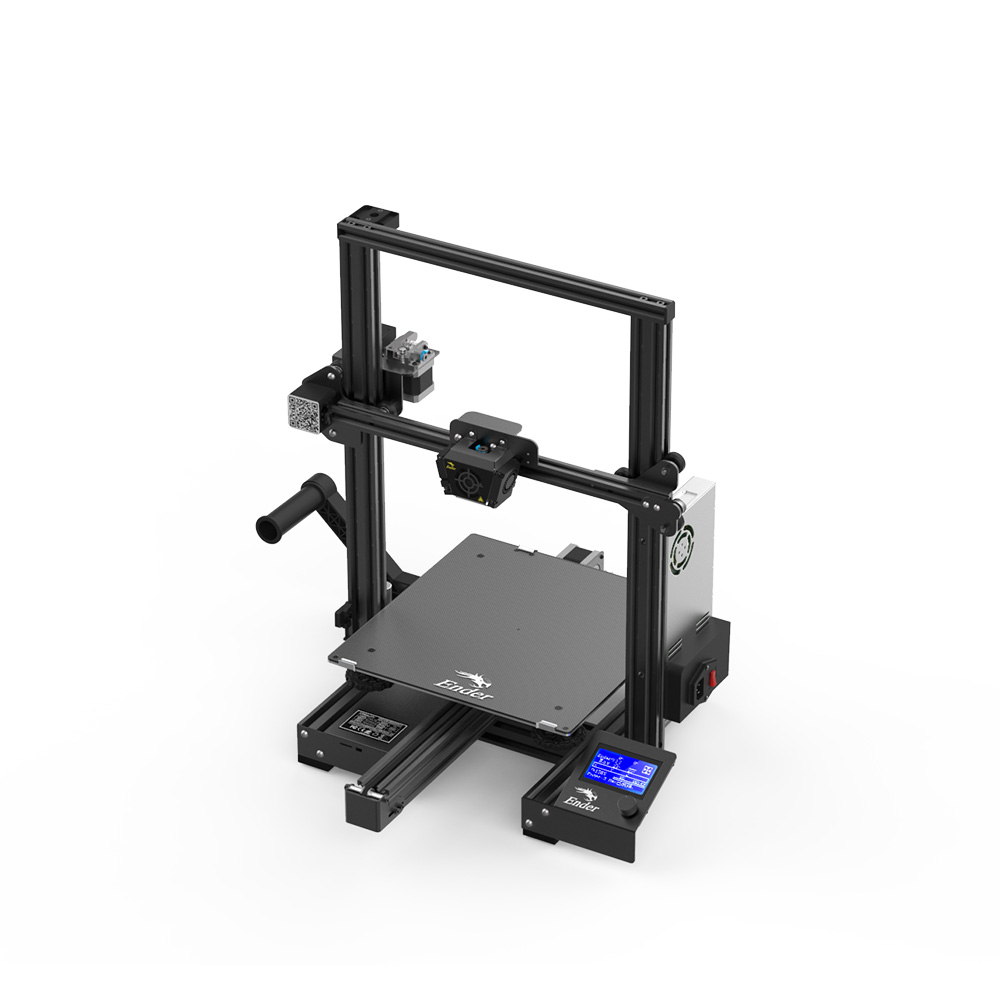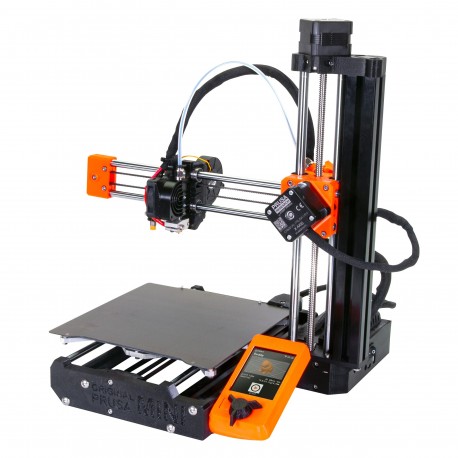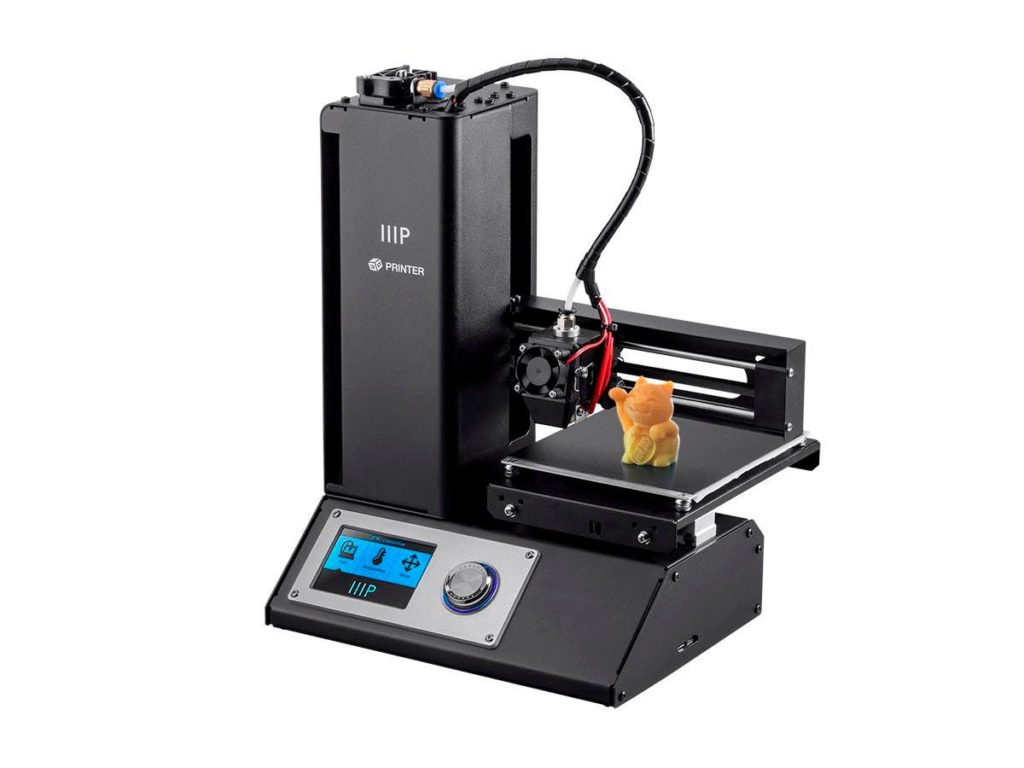In this 2021 Market Outlook, Trends, and Competitive Landscape for the Desktop Material Extrusion Market, we’re going to take a helicopter view of the desktop material extrusion or Fused Deposition Modeling (FDM, FFF) market. The goal is to give you some idea of the mechanics and dynamics behind the market, an understanding of the material extrusion competitive landscape, and an overview of what’s happening in the value chain. We’ll have a general outlook of this segment for the next calendar year, 2021. We’ll look at the market, systems, and sales for each segment and make recommendations as well as predictions.
General Overview
The desktop material extrusion market can be segmented into low-cost 3D printers, mid-market desktop 3D printers, and professional 3D printers. In this article, we’ll specifically examine low-cost machines before following up with mid-market and pro systems in subsequent articles.
Low-cost Systems

Low-cost systems from players such as Creality, Anet, Monopice, and XYZprinting are printers ranging from $150 to $800 that are often basic and available in kit form. Components are middling to low quality, and a lot of tweaking will typically have to be done by the user. Units will tend to be nonfunctional after 24 months and have many technical issues.
Market
These systems are typically bought by consumers, but are also used in print farms, by some universities, and in schools. Margins are extremely thin on these units and customer support is often weak to nonexistent. In response, community-driven support solutions have been initiated, most notably in the MP Select community.
Sales
This segment tends to operate through direct sales and some additional local channel sales with most business being direct shipments of individual units to end consumers. Loyalty is emerging in this segment, with very many players (over 80) having recently left the segment. The volumes in this area far outstrip anything else in the industry, with Creality alone reporting selling over 500,000 units a year.
Systems

Quality is increasing on these systems and we can see features like bed leveling and touch screens enter the market. Safety is also increasing with wiring and boards becoming more robust and safer. At the moment, I’d recommend this kind of system for a hobbyist with time on their hands or someone who wants to spend very little on a printer.
An increase in features to feature-rich models is a major trend in this segment, as is higher unit prices. Companies are locked into a race back to quality in a very constrained way. With immense volumes come immense opportunities, however.
Recommendations
To players in this segment, I would recommend adding new optional features and extras to existing models at online checkout. Ideas such as “Add an extra build platform for $70” or “add two additional rolls of filament for $30” or “add a touch screen for $150”, “add a deluxe 3D print tool kit”, “add 3D Printer Training”, “add software” would do a lot to increase revenue and profit at little extra cost. You have the sale, upsell.
Players in this segment should also do much more to encourage fandom and the spreading of word-of-mouth by users through the gifting of T-shirts, stickers, and swag. Generally, industry perception of these brands and loyalty to them is low, but we know ultimately one company with loyal customers and a good brand will emerge, so you may as well start seeding this now. It’s not a question of if anyone will wear your t-shirt, but that you want to be the company whose t-shirt people will want to wear.
Critical Issues
A critical worry in this segment is the lack of safety and support. This is both a risk to the entire industry as well as something that leaves a lot of customers dissatisfied and unable to use their systems. In this sense, this segment can be a drag on overall growth. Significant quality and safety increases will have to occur for this segment to experience significant growth, especially in profitability.
Recommendation for competition
If you are a materials or software company that is not in this segment, I would urge you to engage these firms. They are often left by the wayside, but this is where the volume is and this is where you could get a lot of installs for your software or a lot of new customers for your filament, bed adhesion solution, or community. Anyone in a higher segment can have no doubt these guys are coming for you and your fat margins and ecosystems.
2021 Outlook

Throughout 2021, I’d expect prices to further stabilize and go up with the occasional Kickstarter model being used to position oneself higher in the market. Simultaneously, seasonal sale models will be used to discount and deter others from entering the space.
I’d expect Creality, MonoPrice and Anet to still be duking it out for dominance in the segment. I see little scope for new entrants in the very near term attaining real volume, with the exception of Prusa and their Mini printer, which is, in my mind, the best printer in the segment at the moment. Still, with price-sensitive buyers I’d expect its success to be suppressed but growing.
I’d expect players to add more community features and to increase their marketing capabilities further. I’d also anticipate companies to have slicker websites, more extensive websites, and to focus more on growing towards being the DJI of their segment, if not the industry as a whole.
Long-term, I see at least one entrant here to use its cutthroat super-efficient model to grow into a market-dominant player in all segments. Everyone else in the market is a bunch of doughy hipsters working up a sweat while queuing for their cappuccinos. This segment breeds lean Muay Thai boxers that are coming to knock your teeth in.

In our next article in the series, we’ll take a look at mid-market players, including the market, systems, and sales, in addition to recommendations and predictions.
Subscribe to Our Email Newsletter
Stay up-to-date on all the latest news from the 3D printing industry and receive information and offers from third party vendors.
You May Also Like
Printing Money Episode 17: Recent 3D Printing Deals, with Alex Kingsbury
Printing Money is back with Episode 17! Our host, NewCap Partners‘ Danny Piper, is joined by Alex Kingsbury for this episode, so you can prepare yourself for smart coverage laced...
Insights from Cantor Fitzgerald on AM’s Q1 2024 Landscape
A recent survey by Cantor Fitzgerald sheds light on the persistent challenges within the additive manufacturing (AM) industry in the first quarter of 2024. Based on responses from 38 industry...
3D Printing Financials: Xometry’s Scaling up and Strong Start to 2024
Xometry (Nasdaq: XMTR) kicked off 2024 with strong results, boosting its marketplace and technology to new heights. Both revenue and gross margin soared, fueled by an expanding global network of...
3D Printing Financials: Desktop Metal Targets Recovery Amid Net Losses and Revenue Downturn
Despite facing a decline in revenue and the persistent challenges of a tight economic climate, Desktop Metal (NYSE: DM) is making strides toward operational efficiency. The first quarter of 2024...
































